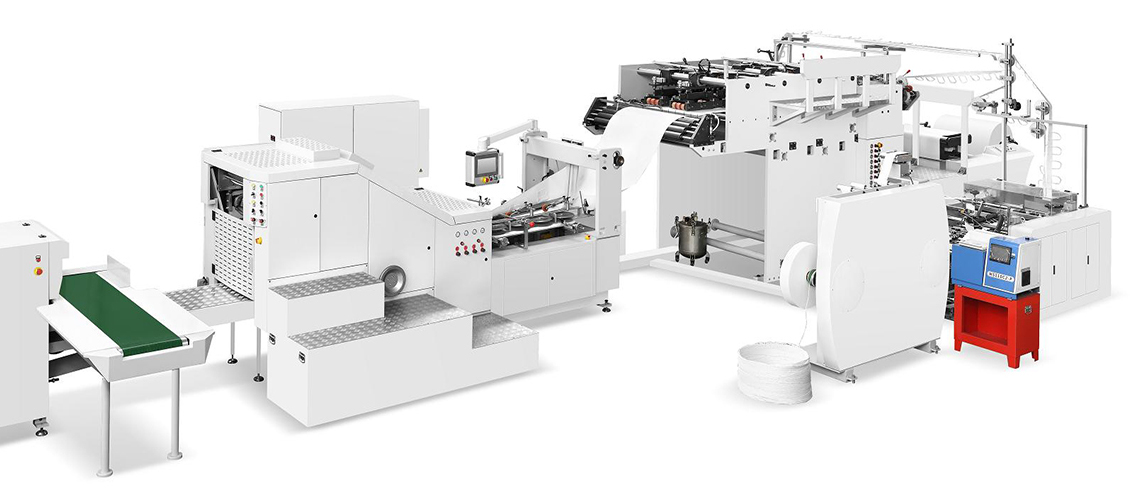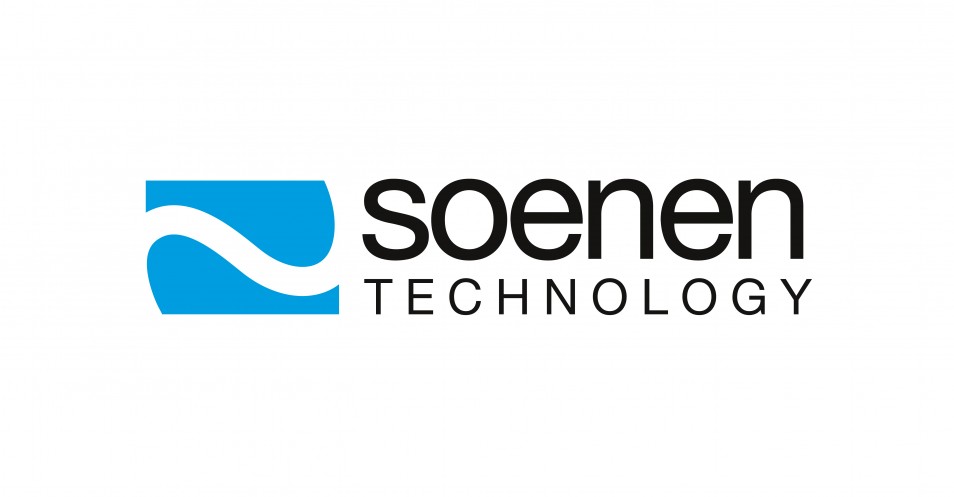To take advantage of it, you end up paying them exactly one week later, on July 17, 2019. Keith’s Furniture will record it as an account receivable on their end, because it represents money they will receive from someone else in the future. Only accrual basis accounting recognizes accounts payable (in contrast to cash basis accounting). Our intuitive software automates the busywork with powerful tools and features designed to help you simplify your financial management and make informed business decisions.
However, smaller businesses may combine their accounts prepaid rent is what type of account receivable and accounts payable into one department. They are typically responsible for more than just paying incoming bills and invoices. When a company purchases goods and services from a supplier or creditor on credit that needs to be paid back quickly. The accounting entry to record this transaction is known as Accounts Payable (AP). Accounting software can be a great tool for small businesses looking to streamline and simplify their accounts payable process. Ditching manual data entry also helps reduce human errors and frees up time for other tasks.
It’s essential that you to review your supplier contracts on a regular basis as it helps to prevent fraudulent billing practices, whether due to overpayment or duplicate payments. QuickBooks Online Accounting Software allows you to keep a track of your accounts payable that are due for payment. This can be done by generating reports like the ‘Accounts Payable Aging Summary’ report or the ‘Accounts Payable Aging Detail’ report. All payments should be processed before or at their due date on a bill, as agreed upon between a vendor and a purchasing company. AP is also a direct line of contact between a business and its vendor representatives.
Step 4. Process payment for outstanding invoices
Accounts receivable (AR) and accounts payable are essentially opposites. Accounts payable is the money a company owes its vendors, while accounts receivable is the money that is owed to the company, typically by customers. When one company transacts with another on credit, one will record an entry to accounts payable on their books while the other records an entry to accounts receivable. A company’s total accounts payable balance at a specific point in time will appear on its balance sheet under the current liabilities section.
Accounts payable process challenges
- Your business must focus on optimizing its accounts payable to free up working capital in order to enhance business growth.
- It simply makes it easier to pay invoices on time and avoid overdue bills.
- If yo receive an invoice mentioning the payment terms from your supplier, it then gets recorded in your accounts payable ledger.
- You just had a bad experience with another vendor who paid you very late, so you’re super careful about bringing on new vendors now.
- While Account Payable refers to how much a business owes, Accounts Receivable (AR) encompasses the money owed to the business.
- If you have many suppliers and lots of different accounts payable, it can get difficult to remember exactly who you owe what.
These majorly represent your business’s purchasing or borrowing activities. Further, special emphasis must be given to accounts payable representing larger transactions. Once the sample invoices are reviewed, each of them must be confirmed and verified. You must also review and verify loans, principal balance, and interest rate. This is because few of the accounts payable can also include loans and overtime pay laws by state interest payments. The accounts payable turnover refers to a ratio that measures how quickly your business makes payment to its suppliers.
Business Travel Expenses
Assigning codes organizes accounts payable processing so you know when to expect payments. Using accounting software for this step allows you to automatically track payment terms and assign payment due dates. Business owners must monitor the accounts payable balance and use a cash forecast to plan the payments. A company’s cash position is important because every firm needs a minimum cash balance to operate.
When entering an invoice, be sure to include all relevant information, including the vendor’s name, the items or services received, the price, and payment terms. A good accounts payable system can also help you identify any discrepancies with your payments and invoices. Addressing these issues quickly can help you avoid disputes, late fees, or interest changes. Just like a fuel system supplies the engine with a how are selling expenses figured out monthly steady flow of gas to keep it running, accounts payable manages the flow of invoices and payments in and out of your business. Enter the balances due to each vendor in the appropriate aging column (e.g., past due 31 – 60 days).
You can automate reconciliation with accounting software to ensure you’re paying vendors on time to avoid late fees. When your business receives goods or services on credit, the cost of these items is recorded as an expense. Although the payment may not be immediate, the expense is recognized in your financial records at the time of purchase. The ending cash balance in March is the beginning cash balance in April. Review your company’s balance sheet and analyze each asset and liability account to determine the impact on cash flow.












 Tổng lượt truy cập : 237644
Tổng lượt truy cập : 237644 Đang truy cập : 25
Đang truy cập : 25






